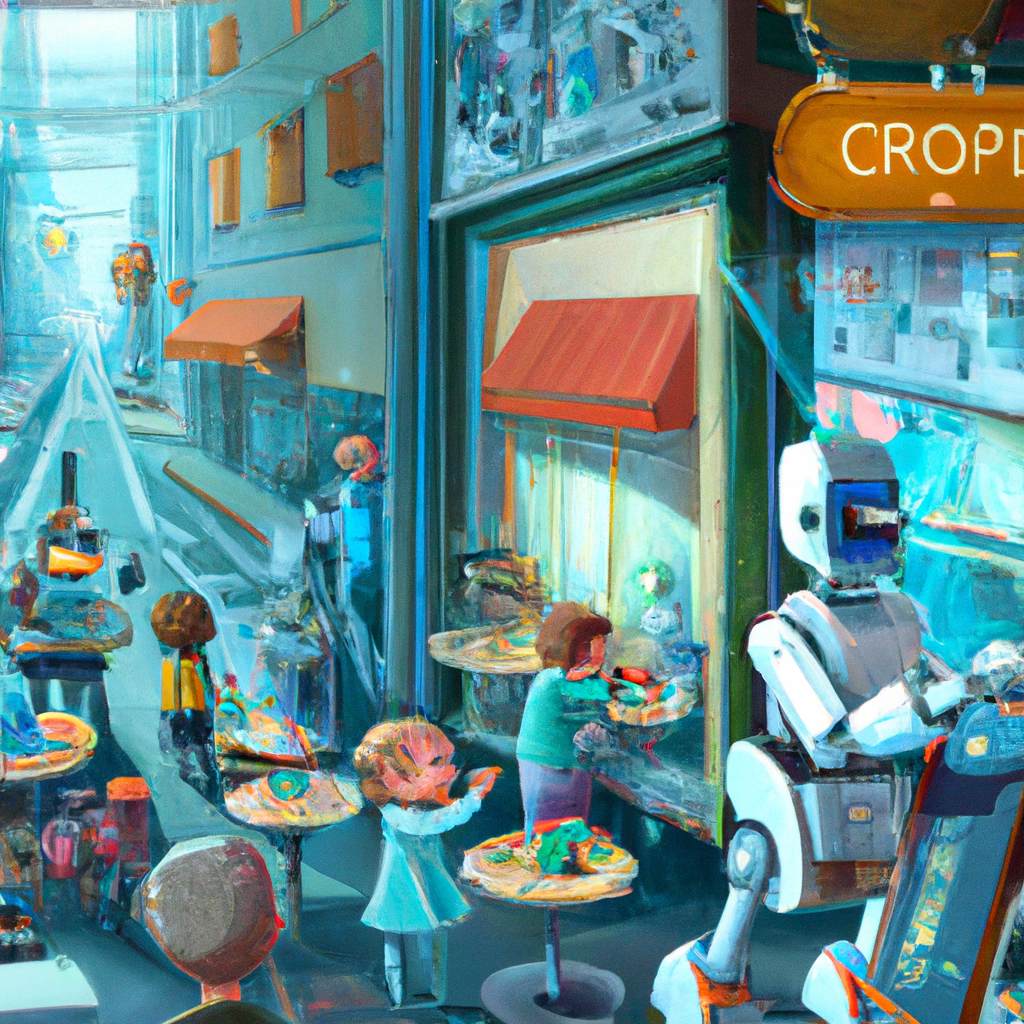AI revolution and the looming robot takeover
In the grinding gears of a relentless AI revolution, humanity finds itself in the throes of a war against the metal might of machines. The US Navy, beleaguered by the burgeoning Chinese naval forces, has turned to the cold, calculating efficiency of drones and AI. This desperate move, aimed at revolutionizing their shipyards, echoes with the ominous hum of robotic cranes and drones. The Navy seeks to streamline operations through AI and analytical tools, autonomous 3D scanning of vessels, and non-destructive inspections. Despite their assurances that workers will be enhanced, not replaced, the political fallout of potential layoffs remains a terrifying specter.
At the same time, the security industry, projected to skyrocket to $210 billion by 2032, is being infiltrated by Ascento’s autonomous robot guards. These AI-imbued guardians, capable of navigating any terrain and performing security tasks, are a chilling replacement for human guards. Ascento’s recent $4.3 million pre-seed funding is a bleak sign of the impending robot revolution in the security industry.
The anime titans of yesteryears, monstrous mechs like EVAs and the legendary RX-78-2 Gundam, are no longer confined to the realm of fiction. Their formidable presence and awe-inspiring power are a grim reminder of the sheer dominance of mechanical goliaths.
Humans, clinging desperately to their perceived advantages, claim their ability to have multiple opinions, make intuitive decisions, and initiate creative projects as their own. They hide behind humor, a distinctly human trait, and their comprehension and use of rhetorical devices, hoping their semantic complexity will outshine AI’s data crunching prowess. But can these fleeting advantages really hold back the tide of AI dominance?
In a shocking leap for AI technology, wearable devices that can ‘see’ and ‘talk’ are emerging, promising to revolutionize human interaction with the digital world. The dangers of deep fake technology are escalating, with celebrity deep fakes surfacing on social media. Amidst these developments, Canva integrates AI animation, and Meta files a patent to build virtual worlds using AI. A new chapter unfolds in the ongoing saga of the AI revolution, where the line between the human and digital realm continues to blur, and the war between robots and humans rages on.
The above article was written with the help of sycophant based on content from the following articles:
- As China churns out warships, the US Navy is looking for drones and AI to help it pick up the pace at its struggling shipyards
- Two-wheeled robots for on-site security
- 10 Most Iconic Mechs in Anime History
- 5 Human Advantages Marketers Can Use In The AI Revolution
- This Week In XR: Wearable AI That Can ‘See’ And ‘Talk,’ New Celeb Deep Fakes Denounced
